




Author: Dr. Garima Biswas
Yoga 0
(10 min read)
In a woman's life, labor and delivery are enormous events full of mixed feelings—excitement, expectation, and frequent dread about the pain that goes along with delivery. Although epidurals and other medical treatments are options, many women look for natural means of pain management. This blog will look at natural, efficient techniques for lowering labor pain, and provide professional advice grounded on prenatal yoga, pregnant pilates, and healthcare.
Understanding Labor Pain:
In a normal procedure, labor discomfort arises when the body tries to deliver a baby. It comes from the uterine contractions, cervix stretching, and baby head pressure pushing down into the delivery canal. Labor can cause complicated pain that differs considerably amongst women. The size and location of the baby, the mother's pain tolerance, and her mental and emotional condition all affect labor discomfort.
Still, there are several techniques to naturally control and lessen labour pain notwithstanding its inevitable nature.
1. The Role of Prenatal Yoga
Yoga & Pregnancy Clinic: One of the finest choices you can make throughout pregnancy is visiting a specialized Yoga & Pregnancy Clinic. Designed to meet the particular needs of pregnant women, prenatal yoga helps them both physically and psychologically be ready for labor and delivery.
2. Benefits of Prenatal Yoga:
- Strengthening Muscles: Prenatal yoga works to strengthen the muscles needed during labor. This covers the pelvic floor, which is vital during delivery. Stronger muscles can help the body more effectively support it, hence perhaps lowering discomfort during contraction.
- Improved Flexibility: Enhanced flexibility helps in a greater range of motion. This can assist the infant into the ideal posture for delivery, therefore perhaps lowering the length and severity of labor.
- Breathing Techniques: Yoga mostly consists of controlled breathing, hence these practices may be quite helpful during labor. Deep, deliberate breathing helps the body relax and lowers tension, therefore helping to control discomfort.
- Mental Preparation: Prenatal yoga helps to develop awareness, which is essential for controlling labor discomfort. A calm, concentrated mind helps one better manage the demands of labor, therefore lowering anxiety and perhaps easing the pain.
If you’re wondering, “Where can I find pregnancy yoga near me?” many healthcare providers and wellness centers offer specialized prenatal yoga classes. These sessions are often led by experts who can guide you through poses and breathing techniques tailored to each stage of pregnancy.
2. Incorporating Pregnancy Pilates:
Another great approach to ready your body for delivery is pregnancy Pilates. Pilates emphasizes on strengthening the core muscles, increasing flexibility, and raising general body awareness, much like yoga.
3. Why Pregnancy Pilates?
- Core Strength: Pilates stresses core stability—a necessary capacity for supporting the pelvis and back during pregnancy. The strong core may help you keep excellent posture, and lower back discomfort, and more efficiently handle the physical demands of labor.
- Pelvic Floor: Many Pilates routines aimed at the pelvic floor assist in developing this important muscle. A strong pelvic floor can help in pushing during labor and could help to lessen contraction strength.
- Breath Control: One basic component of Pilates is controlled breathing. Learning to connect your breath with movement can enable you to remain calm and focused during labor, therefore reducing the overwhelming nature of the process.
Finding “pregnancy Pilates near me” is easier than ever, with many clinics and fitness centers offering specialized classes. These classes are typically led by instructors who are knowledgeable about the specific needs of pregnant women, ensuring that the exercises are safe and effective.
4. Natural Pain Management Techniques
Apart from prenatal yoga and Pilates, there are various more natural methods available to assist control of labor pain:
- Massage Therapy: Massage throughout labor may be quite relieving and assist in lowering discomfort. It acts by encouraging the body to produce endorphins, its painkillers. Pay close attention to the lower back, shoulders, and feet as tension usually develops during labor.
- Warm Water Therapy: Labour discomfort can be much relieved with warm water. Using a birthing pool or soaking in a warm bath will assist ease the muscles, lower the contraction strength, and foster calm. The water's buoyancy helps the body as well, which facilitates finding comfortable postures during labor.
- Acupressure: Acupressure is the application of pressure to particular body locations intended to alleviate pain. This method may especially help during labor. Pressing the webbing between your thumb and index finger, for instance, can aid in lessening contraction strength.
- Aromatherapy: Pain-relieving and relaxing properties abound in several essential oils. Popular options throughout labor are lavender, chamomile, and clary sage. These oils can be applied to the skin using a carrier oil or run through a diffuser.
- Movement and Positioning: Changing postures during labor can help control discomfort and inspire the baby to progress into the best posture for delivery. Effective methods to keep labor moving forward and lower discomfort are walking, swinging, and rocking on a birthing ball.
5. Value of Mental Preparation
Labor presents a mental as much as a physical strain. Your perception and control of pain may be much improved by training your mind for the event.
- Hypnobirthing: Using self-hypnosis, relaxation, and visualization, hypnobirthing—a method for lowering anxiety and pain during labor—Focussing on positive affirmations and deep relaxation can help you to teach your mind to be calm and centered even during strong contractions.
- Positive Visualization: Seeing a smooth and successful labor might help one develop confidence and aid in lowering anxiety. Imagine your baby flowing naturally down the delivery canal; now, concentrate on the delight of cradling your first infant. This optimistic attitude might assist in lessening the pain's impression.
- Support System: A strong support system is vital during labor. This might call for your spouse, a doula, or a close friend or relative. A supportive surrounding can make you feel less afraid and more confident, which will enable you to lower suffering.
- The Role of Healthcare Professionals: Although natural approaches work well, it's important to collaborate carefully with doctors all through your pregnancy and delivery. One can make a big impact by visiting a respectable Yoga & Pregnancy Clinic or by looking for an expert prenatal yoga and pregnancy Pilates instructor. These professionals may offer tailored advice to guarantee that you are using sensible and successful methods.
Conclusion:
With the correct preparation and encouragement, reducing labor discomfort is quite natural. Incorporating prenatal yoga, pregnant Pilates, and other natural pain management strategies will help you to have more pleasant and empowered labor. Remember, each woman's labor is different therefore it's important to discover the techniques finest for you. Under the direction of healthcare experts and with a good attitude, you may negotiate labor and delivery with strength and confidence.
Those asking, "Where can I find pregnancy yoga near me?" "How do I start pregnancy Pilates?" you may seek your doctor for advice or contact nearby wellness centers for ideas first. Embrace this journey with an open heart, and trust in your body’s ability to bring new life into the world.
Also Read This: Ready for Labor and Delivery
Add comment
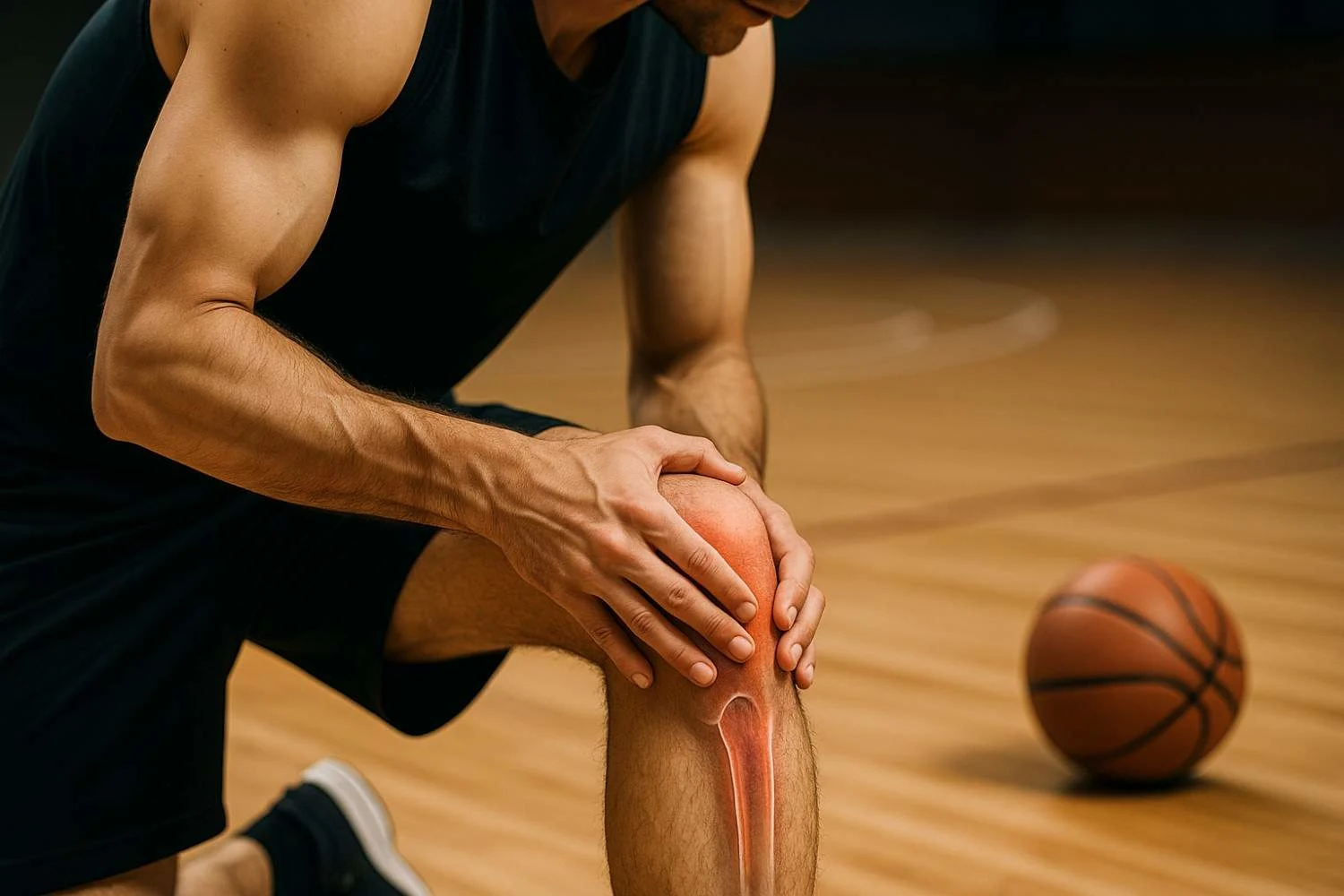
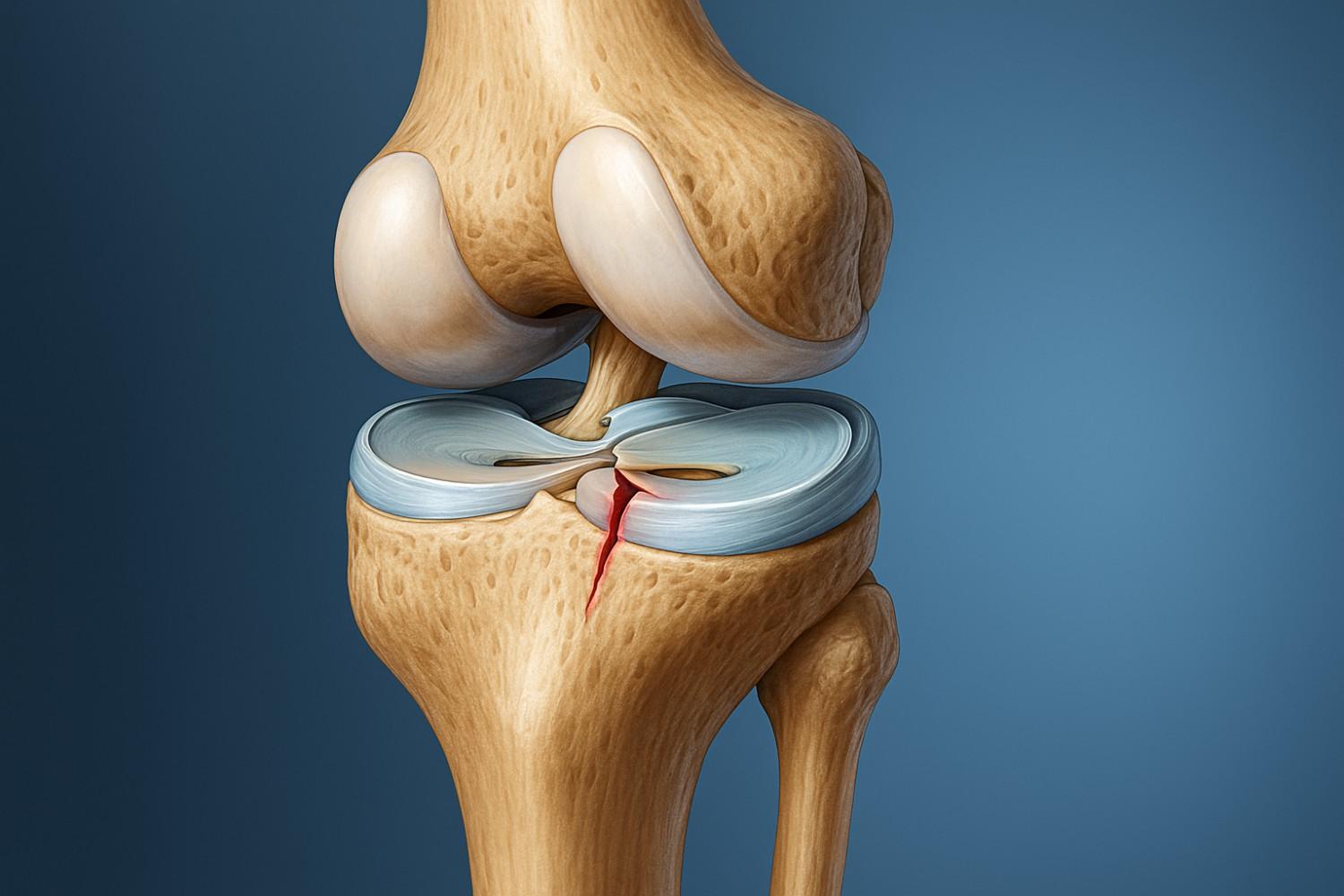



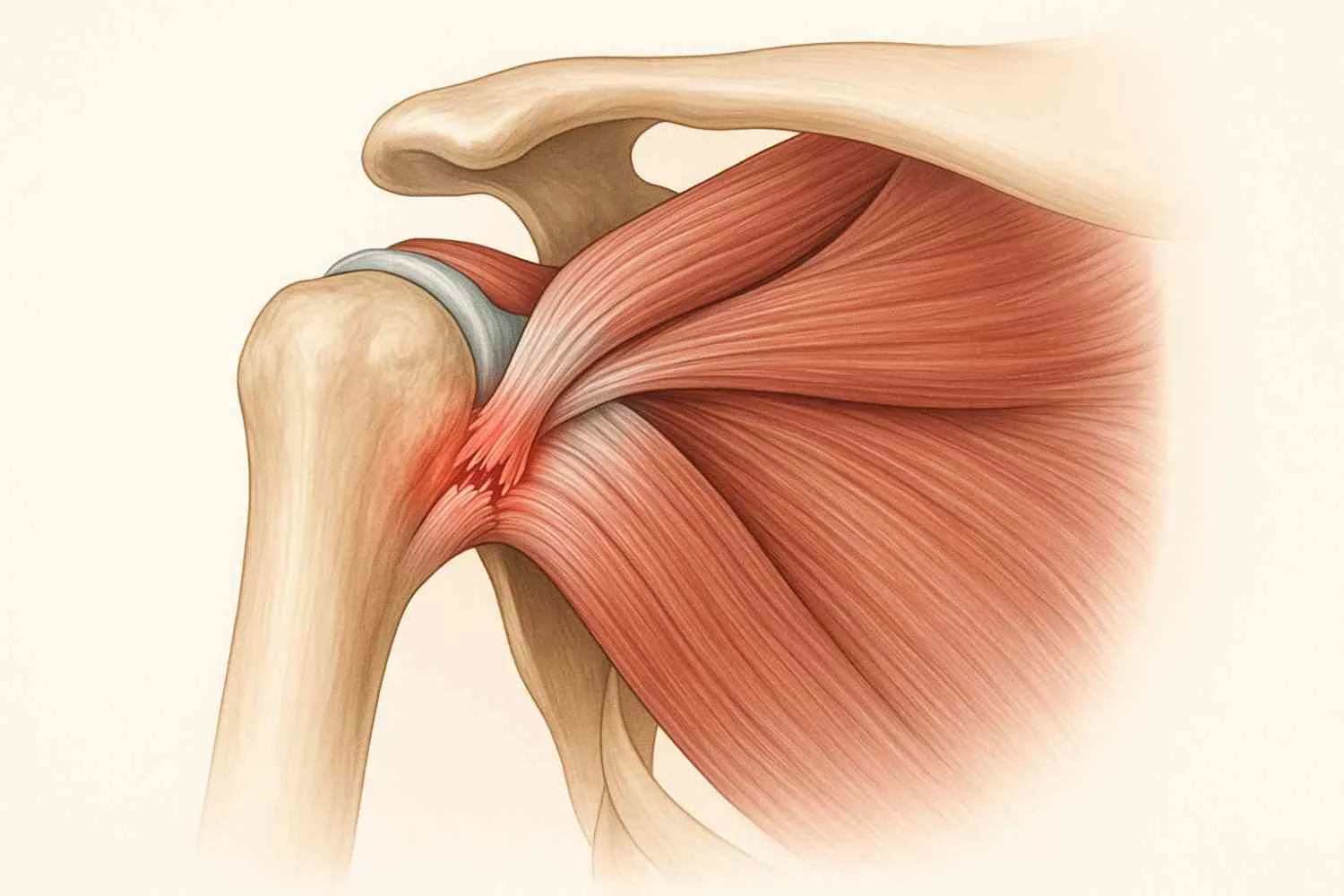
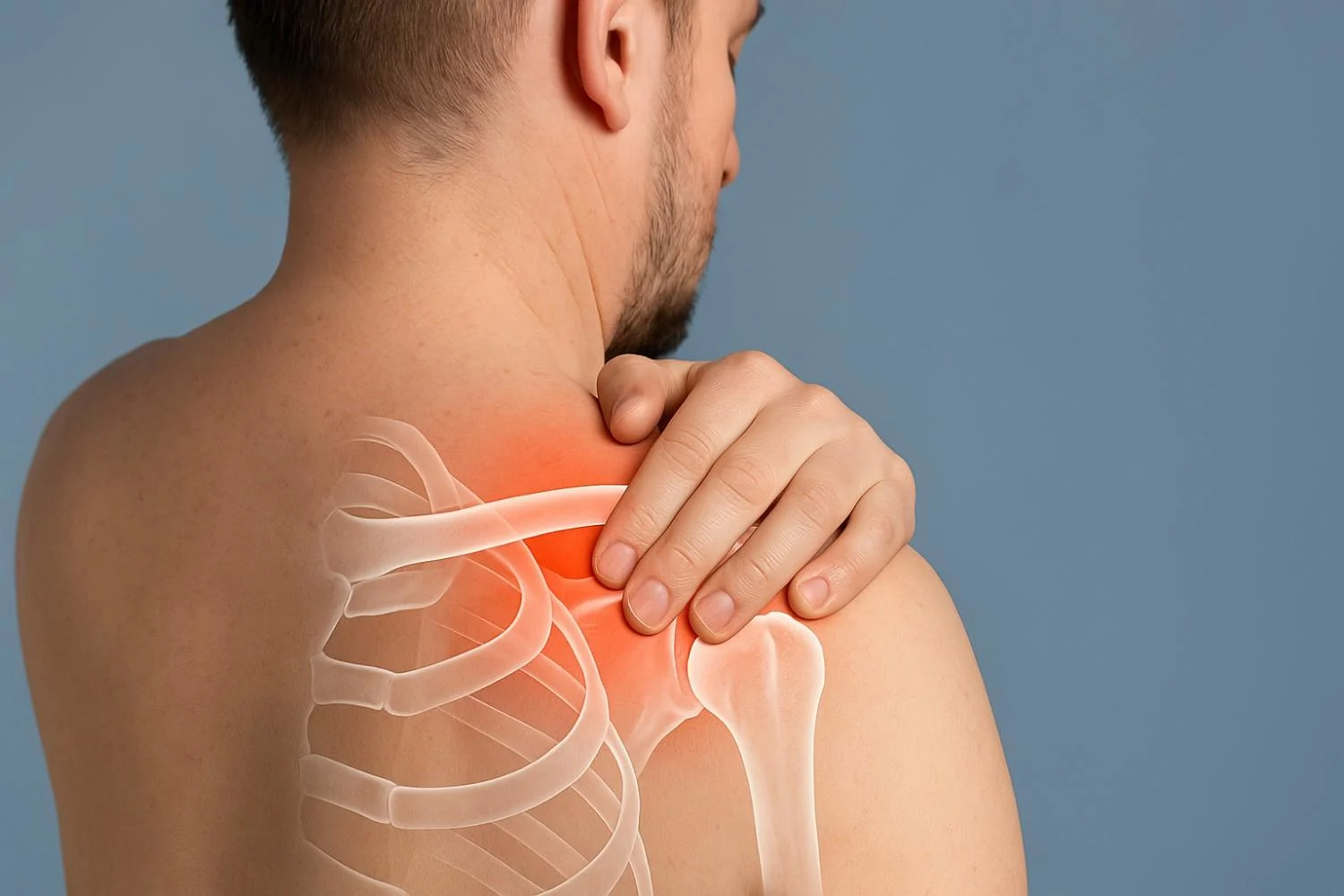




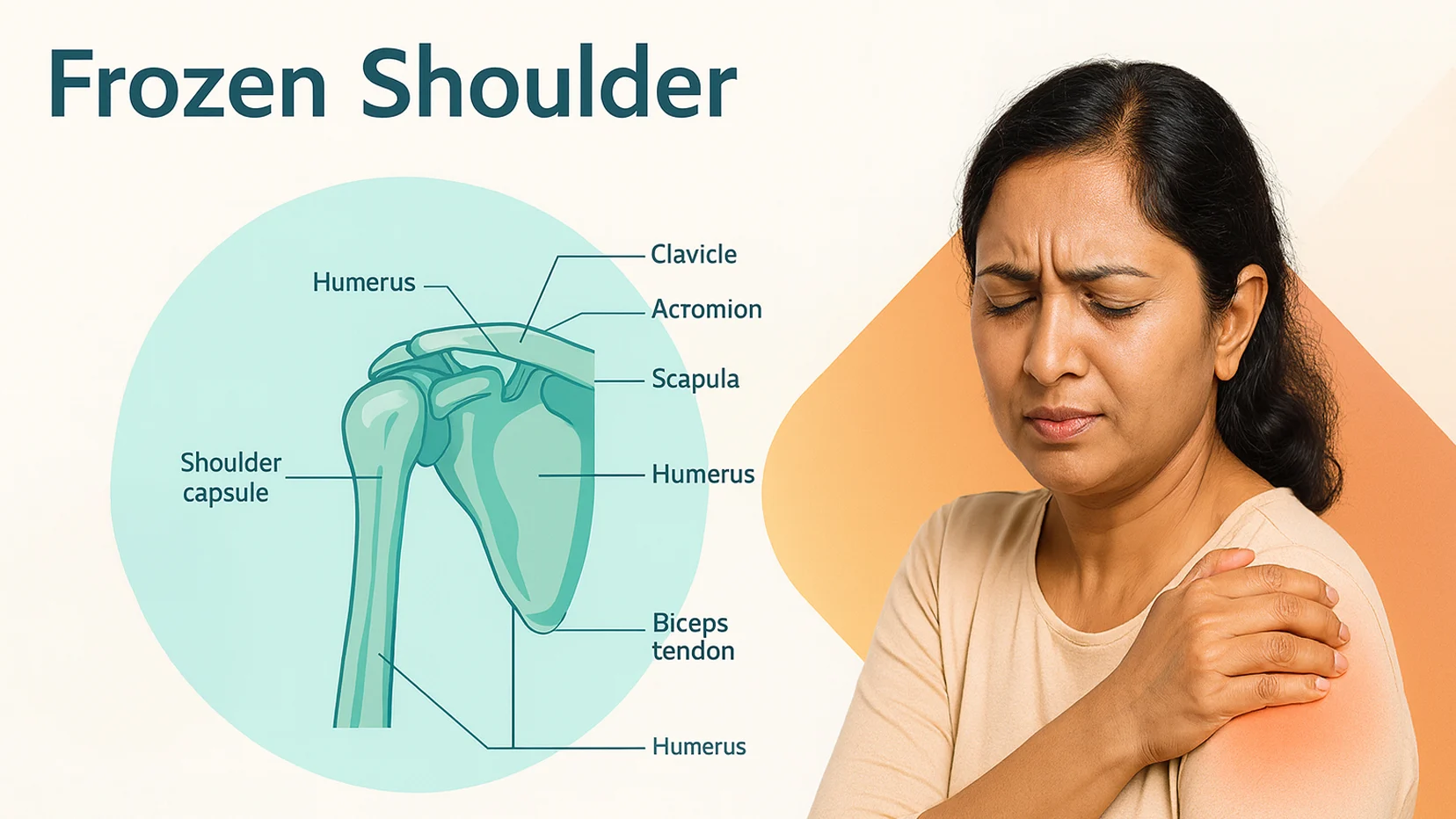




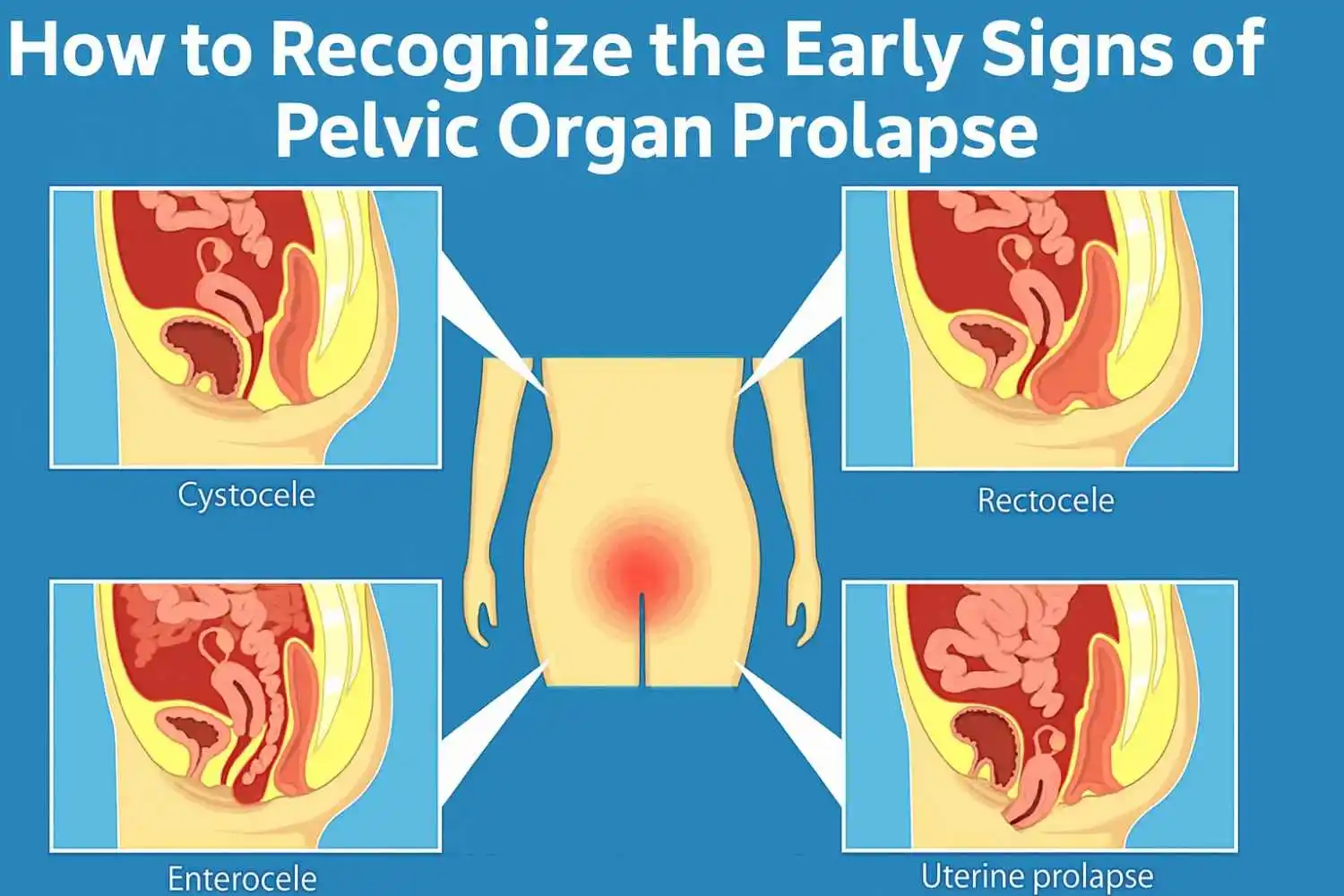
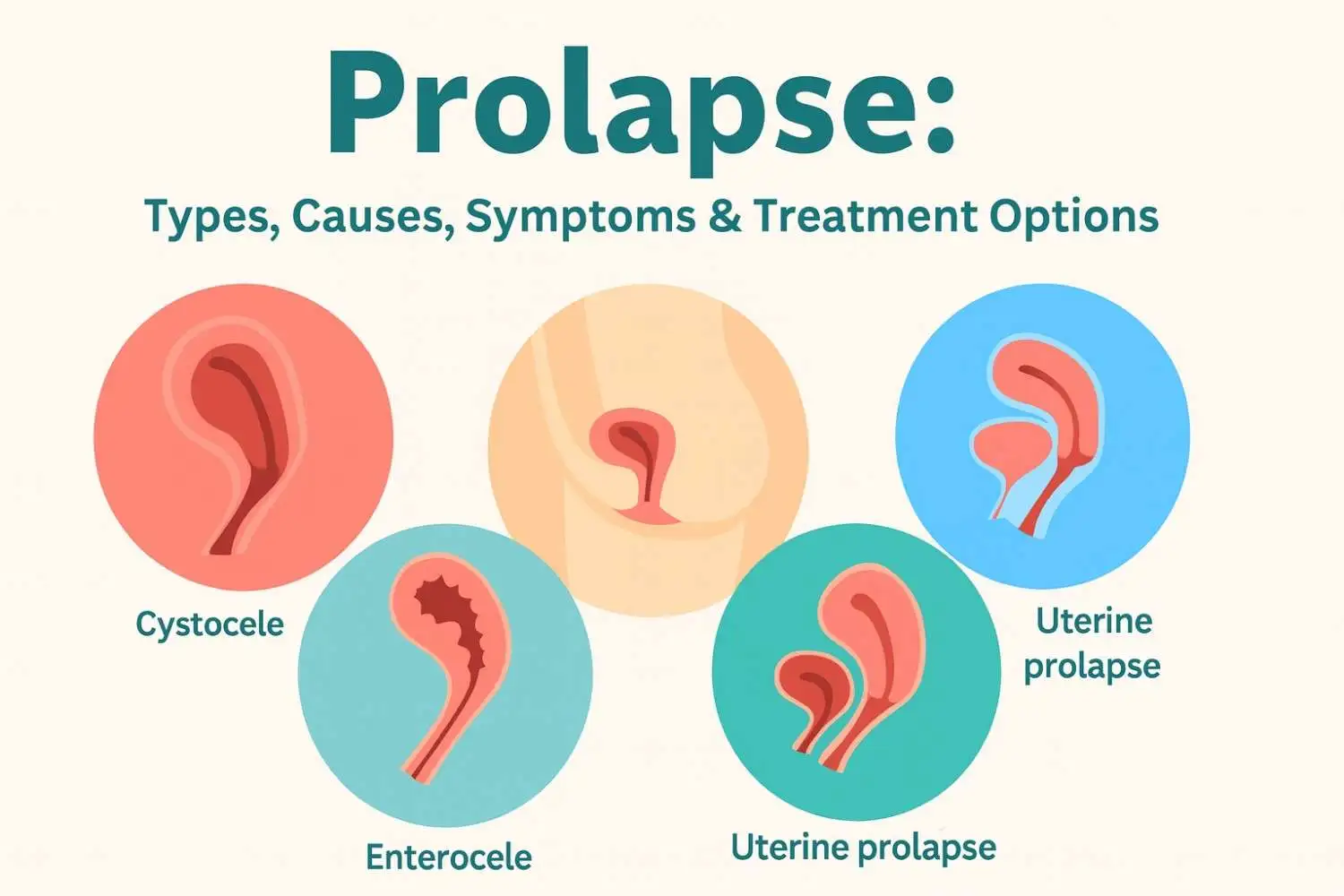









.webp)





.jpg)






































